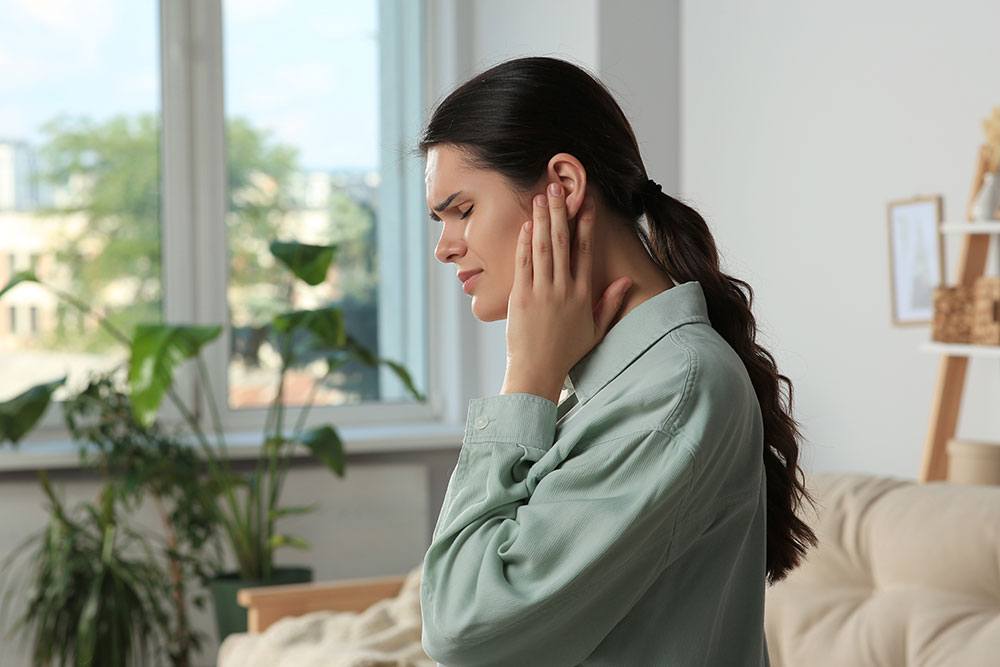Ear health is something most of us take for granted. We generally don’t think about how these complex sensory organs are not only responsible for hearing, but also affect our balance. Nor are we particularly conscious of how sensitive our ears are, or how easy it is to cause them irreparable damage.
Because of the important role they play in our everyday life, ear issues can be quite serious. However, knowing first aid for ear injuries can help reduce the risk of significant, lasting damage.
What can cause an ear injury?
Broadly speaking, there are two types of ear health issues – sudden injuries (like a burst eardrum) and progressive conditions (like deafness). Ear injuries can impact both the structure and function of the ear and are most often the result of:
- Foreign objects stuck in the ear, like cotton buds or insects
- Sudden changes in pressure, like when flying or scuba diving
- Head injuries, like a knock during an accident or fall
- Loud noises, like an explosion or gunshot
What are the symptoms of an ear injury?
There are a few different types of ear injuries, and each will present in a slightly different way. Some will be visible, like lacerations and avulsions, whereas others will be less obvious.
Subtler signs you should look out for include:
- A feeling of pain, tightness, or movement within the ear
- Blood, pus, or clear liquid draining from the ear
- Dizziness or issues with balance
- Headache
- Hearing loss or ringing in the ears (tinnitus)
Providing first aid for ear injuries
Much like with eye injuries, the appropriate first aid for ear injuries will depend on the type and severity of the issue.
And, like any injury, if it is severe seek an ambulance immediately by calling 000.
First aid for ear cuts or abrasions
If the outer ear is lacerated, apply pressure to the area until any bleeding stops. Once it has, cover the wound with a sterile dressing that has been shaped to fit the ear’s contours. Hold a cold compress on top of the dressing to help reduce pain and swelling.
If the cut is only superficial, it should heal itself. However, if it is larger or deeper, professional medical attention should be sought, as stitches may be required.
If part of the ear has been cut off, seek immediate medical attention! Wrap the amputated part in a clean cloth and place in a sealed plastic waterproof bag. Then, put it in cool water, or a cool place, and ensure it stays with the patient.
First aid for a foreign object stuck in the ear
If the person knows what the object is, and it is very small, have them lie on their side with the affected ear facing down. If you gently pull the back of their ear toward the back of their head, it will straighten their ear canal, and the object may fall out.
If it doesn’t, if the object is larger, or if part of the object breaks off in the ear, seek professional medical attention as quickly as possible.
If the person can feel/hear flapping or buzzing, the foreign object may be an insect. Have them lay on their side with the affected ear facing up, and shine a light into the ear. This should encourage the insect to escape.
If this doesn’t work, pour a small amount of clean vegetable or baby oil into the ear, wait 15 seconds, then tip the head to pour the oil out. If this still doesn’t flush the insect out, seek professional medical attention.
First aid for a perforated eardrum
If the person is reporting severe pain deep within their ear, they may have ruptured their eardrum. This will often be accompanied by hearing loss, blood or pus draining from the ear, and a loss of balance.
Gently place a sterile cotton ball at the external entrance to their ear canal to help keep it clean. Help the person get into the most comfortable position possible, keeping the affected ear at least tilted toward the ground, and seek urgent medical attention.
Most small perforations will heal themselves, usually within 3 – 6 weeks. During this time medication may be required to help manage pain and prevent infection. If the rupture is more serious or doesn’t heal by itself, surgery may be required to repair the tear.
First aid for drainage from the ear
If blood, pus, or clear fluid is draining from the ear, cover it with a sterile dressing. This should be shaped to fit the contours of the ear and loosely taped in place.
In most instances, you should then have the person lay on their side, with the affected ear pointing down, and seek immediate medical attention. However, if the person is suspected to have a back or neck injury, DO NOT move them – call an ambulance immediately.
Know what to do in an emergency situation
Like many other medical issues, responding quickly – and correctly – to an ear injury should prevent more damage being done. To learn what to do in a range of common emergency situations, including providing first aid for ear injuries, sign up for one of our courses today.






